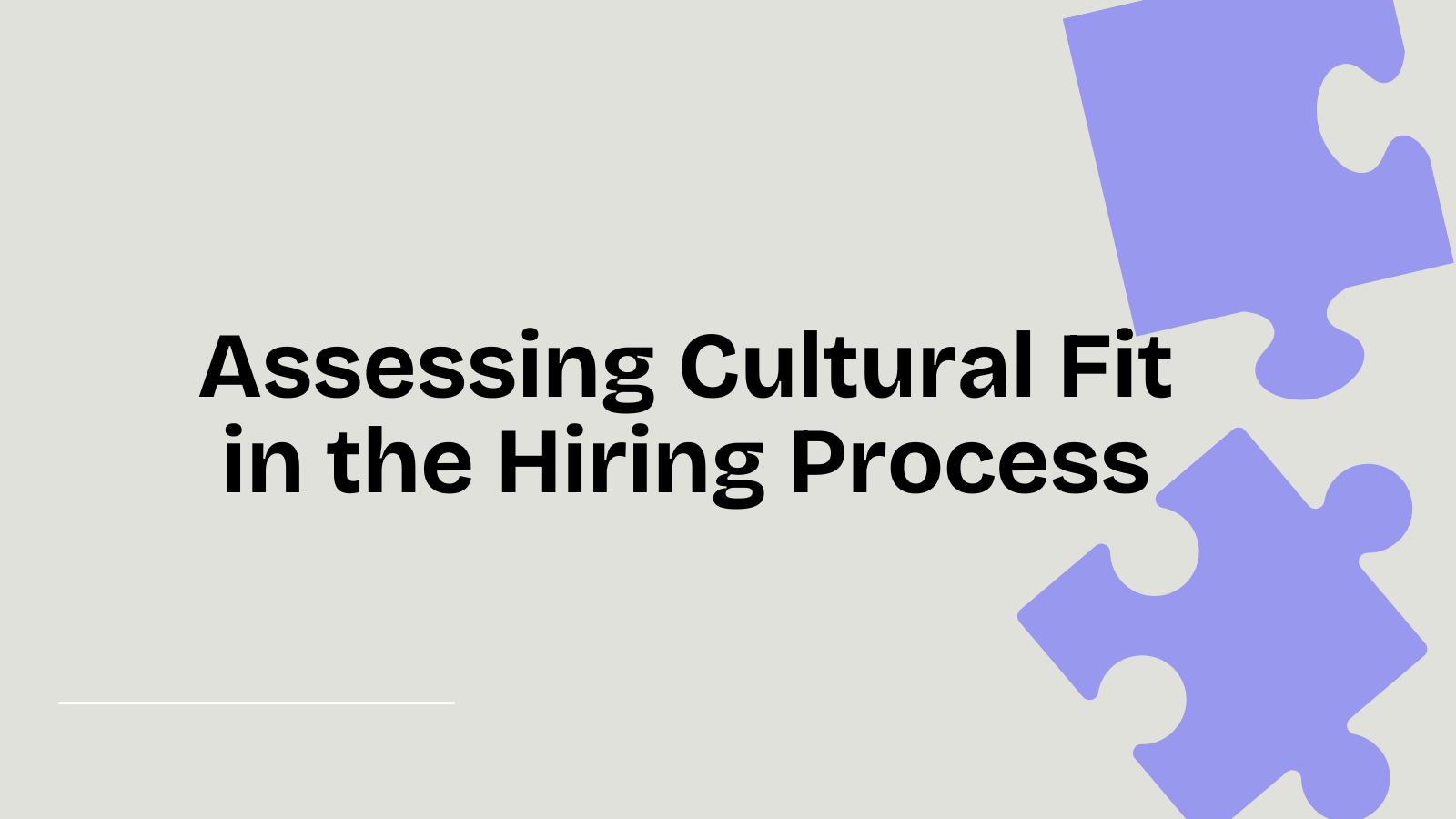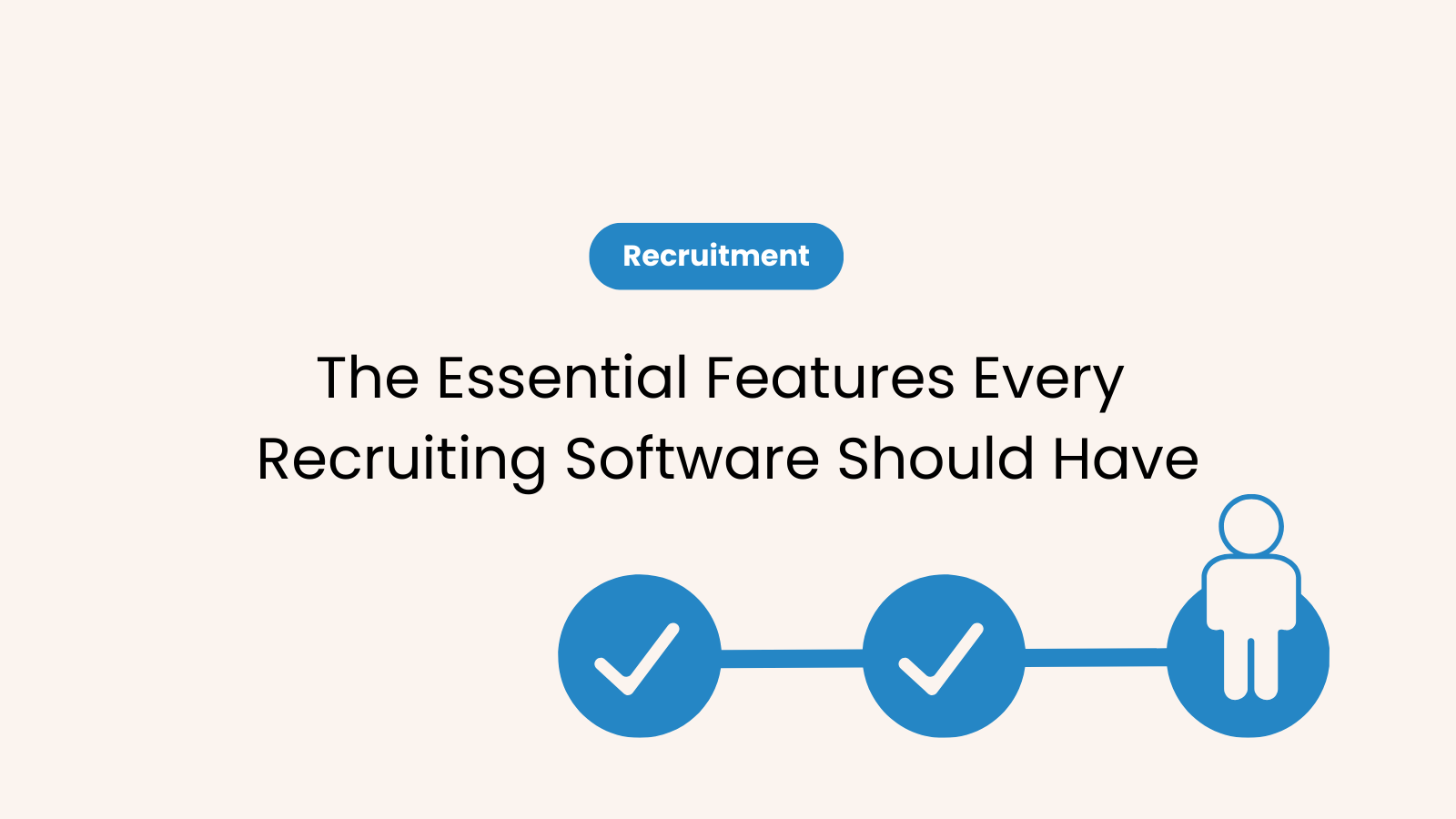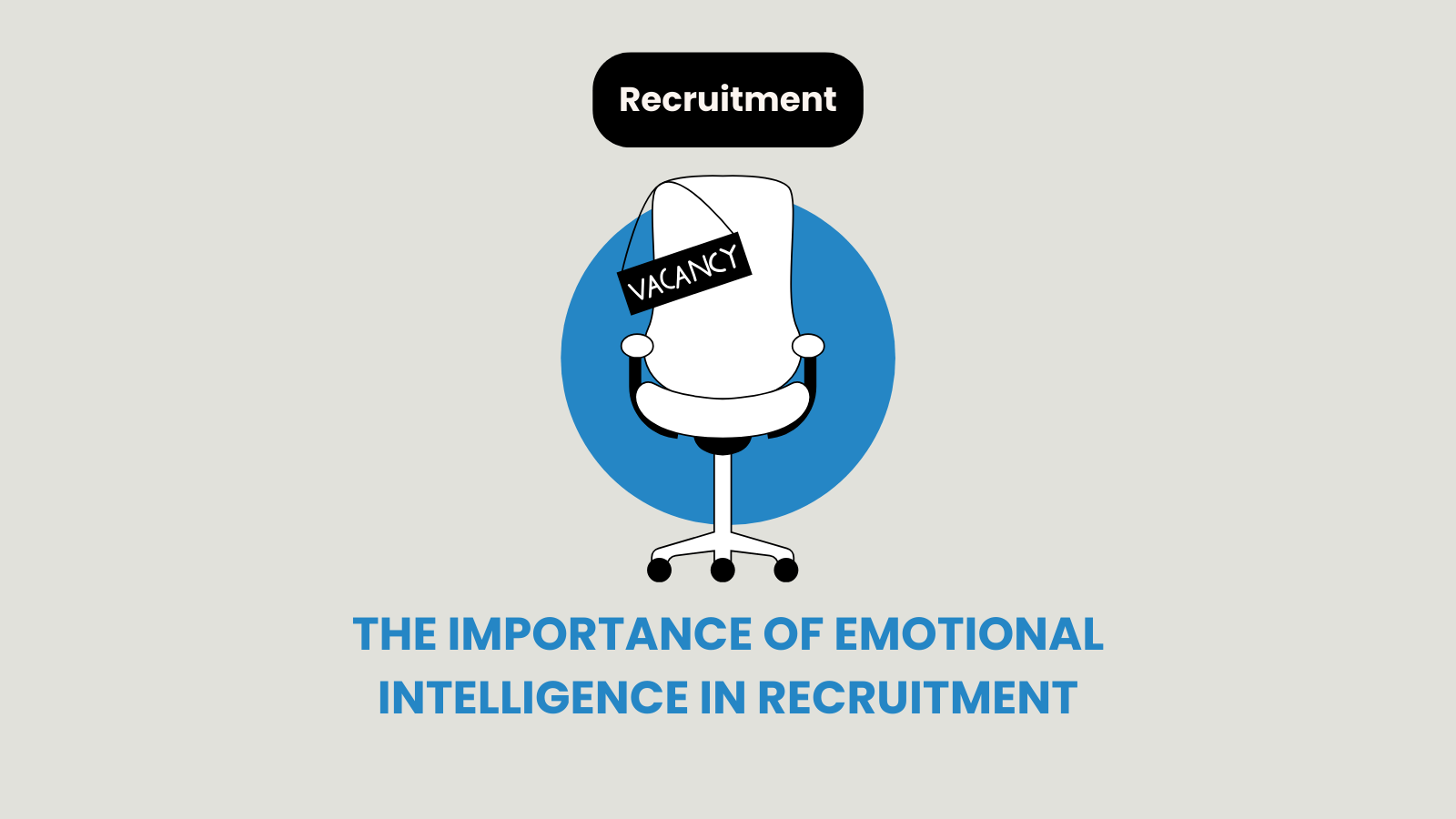In recent years, there has been a significant shift in understanding employment dynamics and the competitive labor market, with cultural fit emerging as a key determinant. As a result, it is imperative to assess individuals’ alignment with the organizational culture during the recruitment process to ensure long-term success. While traditional approaches prioritized technical knowledge and problem-solving abilities in specific fields, today, the social factor plays a crucial role in facilitating both individual and collective success. In the following text, we will delve into the concept of cultural fit in the hiring process, exploring its implications across various business environments within the modern IT world.
The Concept of Cultural Fit
As companies work to cultivate inclusive and collaborative work environments, the concept of cultural fit has emerged as a pivotal factor in the hiring process. The cultural fit refers to the seamless alignment between an individual’s values, behaviors, and capabilities with the goals, values, and ethos of the organization they are joining. Company culture encompasses various elements often highlighted in job advertisements, including the company’s mission, communication norms, leadership style, and overall work environment, all of which are predetermined and to be respected. While different companies may have distinct working environments, they all share a common thread of structured business processes and communication protocols within teams and across the organization.
In addition to basic requirements such as working hours, mandatory meetings, and progress reporting, company culture places significant emphasis on interpersonal relationships and non-work-related activities that foster cohesion and camaraderie among team members. Achieving seamless integration and alignment within this framework requires individuals to possess strong social and emotional intelligence.
While the significance of cultural fit is increasingly recognized in modern companies, challenges may arise when considering hybrid or remote work arrangements.
In-house and Remote Cultural Fit
The modern shift towards remote work could complicate assessing the cultural fit of individuals with the company’s norms. As we said, in recent years, significant efforts have been made to educate team leaders, and HR managers, and foster team networking to better gauge cultural fit among remote workers. Whether working in-office or remotely, there are various methods to evaluate individuals’ alignment, including participation in meetings, collaboration on projects, and direct interactions with colleagues during task execution.
On the other hand, remote workers may face greater challenges, as they must demonstrate their understanding of cultural compatibility without the benefit of extensive face-to-face interactions. It becomes crucial to consider this aspect during the recruitment process carefully, a topic we will delve into later in this text.
Assessing Cultural Fit in the Recruitment Process
It poses a significant challenge for recruiters to navigate this phenomenon effectively. For recruitment agencies, being prepared and professional is essential to secure the best candidates. As professional recruiters, thorough research and understanding of the company’s culture beforehand are imperative. Recruiters must be well-prepared to initiate the recruitment process effectively. During the interview stage, recruiters utilize a series of pre-planned questions, which are further dissected into sub-questions. Fundamental inquiries revolve around the candidates’ past experiences and their approach to overcoming challenges. Recruiters must discern how candidates have collaborated within teams in previous roles and gain insights into the structural organization within which they operated. Understanding candidates’ preferences regarding cultural adaptations and functioning is invaluable.
One strategy to assess the quality and cultural fit involves communicating with former supervisors from the candidate’s previous companies. This enables recruiters to gain deeper insights into the candidate’s alignment with specific organizational cultures. Based on interviews and relevant references, recruiters evaluate the candidate’s abilities.
Mitigation of Bias
Professional recruiters understand the importance of maintaining objectivity and finding the most optimal solution for each mission. To minimize bias in assessing cultural fit, it is essential to refrain from making assumptions based on superficial characteristics. While individual presentation and personality may influence the assessment, the focus should primarily be on objective criteria, achievements, and abilities. Recognizing that each individual has unique professional and social experiences, it is crucial to gain a deeper understanding of specific procedures and approaches to make informed decisions. The main principle is to discern whether candidates articulate relevant and genuine factors from their biography, as this contributes to the assessment’s quality on par with their practical knowledge.
As different areas of work emerge within the IT industry, organizational cultures adopt new forms. Ranging from traditional hierarchical structures to more fluid and undefined arrangements, companies exhibit a diverse range of cultural organizations. The specific structure often depends on various factors such as company size, employee count, industry sector, and management preferences.
Distinct types of organizational cultures arise, including strong leadership cultures, hierarchical cultures, market-oriented cultures, role-based cultures, and others. Job seekers could benefit from familiarizing themselves with these different types, enabling them to set personal goals regarding the type of community they prefer to be part of. This awareness can significantly aid them in their job search endeavors.
How to Recognize Cultural Fit for Junior Candidates
Assessing cultural fit for junior candidates can be challenging due to their limited experience in adapting to organizational cultures. Objective evaluation can still be achieved by examining their learning process, education, courses, collaborative projects, and other relevant factors from previous experiences. When establishing interview criteria, emphasis is placed on social and psychological skills, including the candidate’s understanding of various work environments. For example, a candidate transitioning from a large corporation to a smaller business should demonstrate an understanding of communication dynamics within smaller companies.
The attention is given to the candidate’s communication style, which can reveal insights into their adherence to ethical and social norms. The interview communication serves as the initial interaction with the prospective work team, thus necessitating a professional and measured approach.
Exercises or Case Studies
Exercises or case studies can be highly beneficial for evaluating candidate fit within a company. Simulated exercises replicate real-life scenarios reflecting the company culture, providing insights into candidates’ skills and abilities. Case studies offer opportunities to observe diverse problem-solving approaches and interpersonal dynamics within various roles in the organizational structure. While historically conducted in live communication settings, modern recruitment processes utilize tasks and puzzles to assess candidates’ strengths. This approach may lack immediate candidate-to-candidate communication, thus limiting the assessment of interpersonal and social skills crucial for cultural adaptation into the organizations.
In contemporary online interviews, recruiters often present predetermined situations for candidates to navigate, reflecting the company’s work ethics and organizational culture. Candidates are expected not only to provide optimal solutions but also to demonstrate their approach to the challenge. Another effective assessment method is group interviews, albeit less common. Group interviews allow for the simulation of real-life scenarios and role-playing within a community, providing valuable insights into candidates’ collaborative abilities and interpersonal dynamics.
Social Media Presence and Lifestyle of the Candidates
Numerous statistics indicate that decision-makers in the final stages of hiring often employ a fascinating method for candidate selection: reviewing social networks and candidates’ self-presentations. This phenomenon can present challenges for various groups of individuals. Many, particularly younger candidates, perceive it as an intrusion into their privacy, emphasizing the importance of maintaining a balance between personal and professional life. Statistics reveal that a significant percentage, sometimes exceeding 80%, of employers consider social media presence to be a crucial factor in assessing a candidate’s fit with the company’s policies and culture. Through this approach, recruiters, HR professionals, managers, and employers can gauge candidates’ values and their alignment with the company’s ethos.
LinkedIn emerges as the most utilized platform for professional networking, often being mandatory in job application processes. While primarily a business-oriented platform, users have the freedom to express views and impressions beyond strictly professional matters. Engagement levels on such platforms are analyzed to draw conclusions and assessments. Conversely, social networks primarily used for entertainment or hobbies are less frequently scrutinized. For more senior or serious positions, employers may seek to gain a comprehensive understanding of the individual’s character and personality.
Do all Companies Prioritize Cultural Fit in Hiring?
As mentioned earlier, various principles and methods exist for assessing cultural fit. While increasing attention is being paid to this phenomenon, it is not entirely new. It has been prevalent across different types of organizations, ranging from state-owned companies to large corporations and smaller family businesses. The significance of cultural fit lies in its integration alongside technical qualifications for specific job positions. By prioritizing cultural fit, companies aim to cultivate stronger, more cohesive, and enduring teams capable of driving long-term innovation.
When executed effectively, this approach reduces the likelihood of layoffs and employee dissatisfaction, contributing to higher rates of long-term success. Clearly defined cultural alignment fosters employee loyalty and a sense of community, encouraging individuals to strive for personal growth within the organization. Cultural fit fosters a positive work environment, facilitates agile problem-solving, and enhances interpersonal relationships beyond business objectives.



